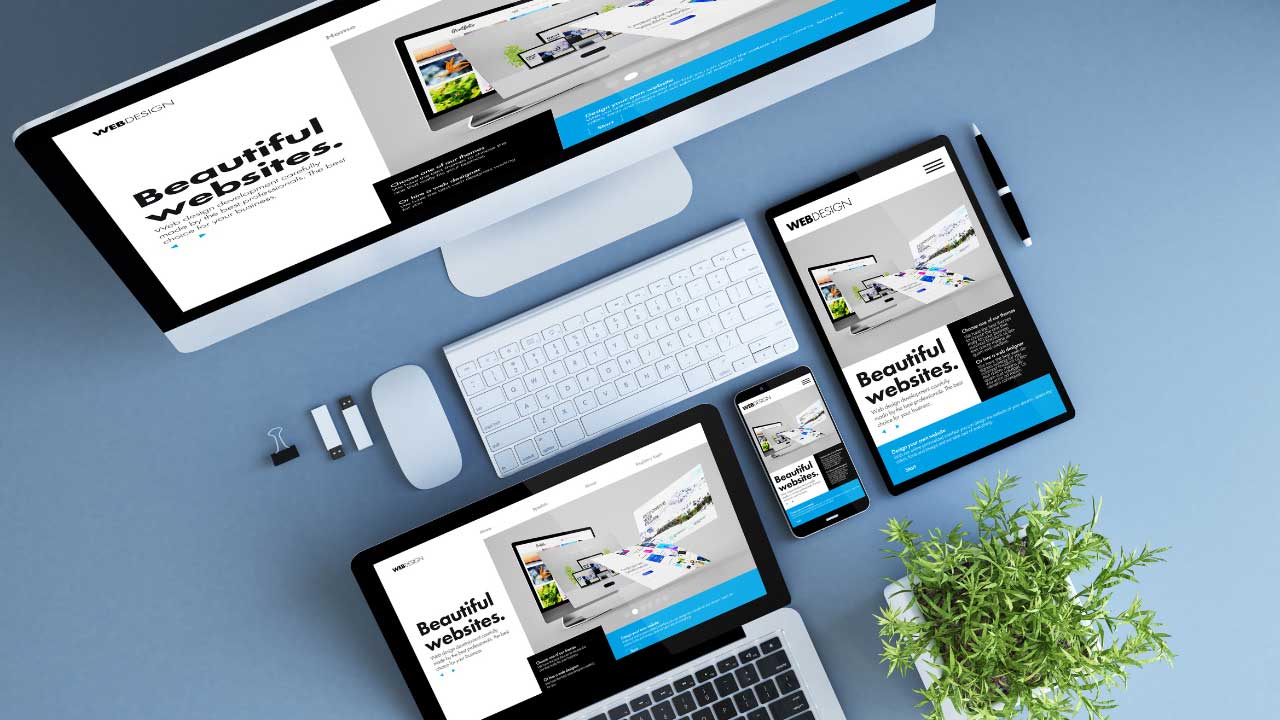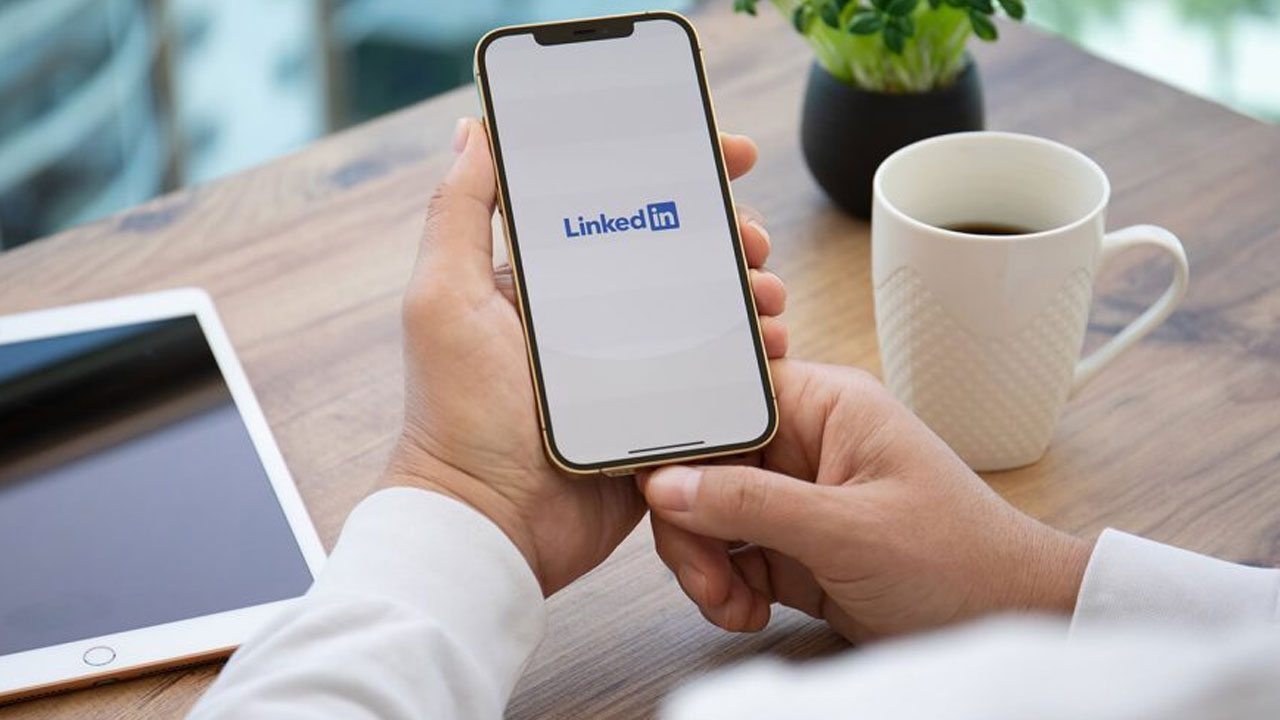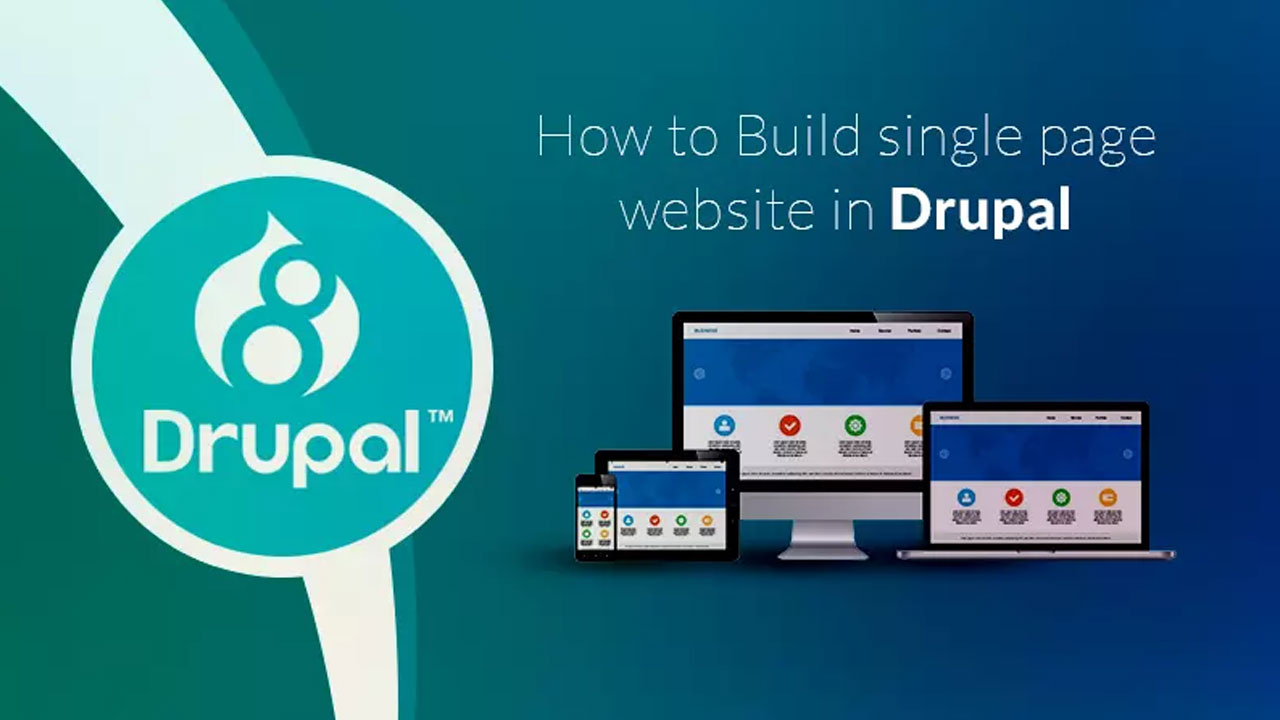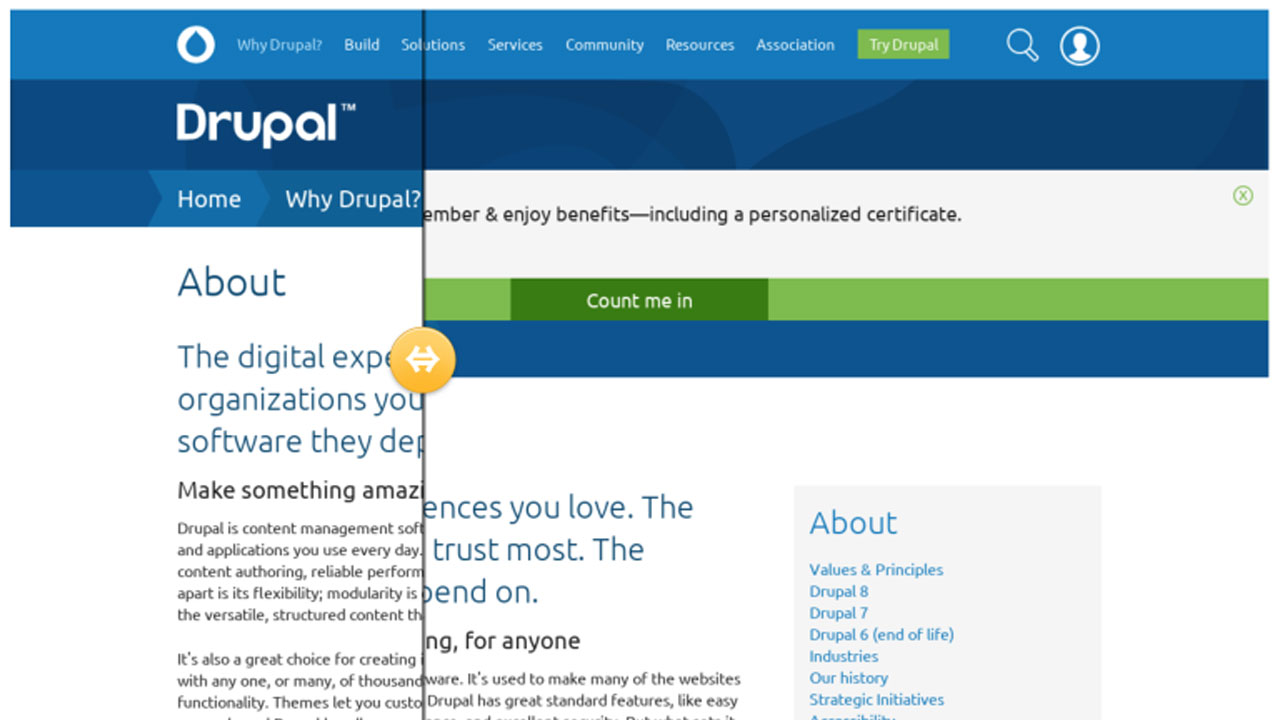Designing and Making Mobile Devices: Connecting with Users Easy-to-Use Online Tools
In today’s digital age, the mobile device market is booming. With millions of users relying on their smartphones and tablets for everyday tasks, businesses have a unique opportunity to connect with their audience through mobile devices. Designing and making mobile devices that cater to user needs can significantly boost engagement and drive business growth. This blog will explore how easy-to-use online tools can simplify the process of designing mobile devices and help businesses connect with their users instantly.
1. Introduction to Mobile Device Design
Mobile device design is not just about aesthetics; it’s about creating a seamless user experience. The design of a mobile device includes everything from the hardware layout to the software interface. Understanding the needs and preferences of your target audience is crucial to developing a successful mobile device.
– Importance of User-Centric Design: A user-centric approach ensures that the device meets the expectations and needs of the end-users. This approach increases user satisfaction and loyalty.
– Key Elements of Mobile Device Design: These include screen size, battery life, user interface (UI), and overall usability.
2. Utilizing Online Tools for Mobile Device Design
Designing a mobile device from scratch can be a daunting task. However, with the advent of online tools, the process has become more accessible and efficient. These tools provide designers and developers with the necessary resources to create functional and aesthetically pleasing devices.
-Prototyping Tools: Prototyping is a critical step in mobile device design. Tools like Figma and Sketch allow designers to create interactive prototypes, enabling them to visualize the final product and make necessary adjustments before production.
– 3D Modeling Software: Tools like AutoCAD and Blender help in creating 3D models of the mobile device, allowing designers to explore different design possibilities and optimize the hardware layout.
– User Interface Design Tools: Tools like Adobe XD and InVision are excellent for designing the UI of mobile devices. They offer features that streamline the design process, making it easier to create intuitive and user-friendly interfaces.
3. Connecting with Users Through Mobile Devices
Once the mobile device is designed and ready for the market, the next step is to connect with users. Mobile devices provide businesses with a direct channel to reach their audience and offer services or products.
– Mobile Apps: Developing a mobile app allows businesses to stay connected with their users 24/7. Apps can provide users with personalized experiences, push notifications, and easy access to products or services.
– Mobile Marketing: Utilizing mobile marketing strategies like SMS campaigns, in-app advertisements, and push notifications can significantly enhance user engagement and retention.
– User Feedback and Analytics: Gathering user feedback and analyzing usage data can help businesses understand user behavior, preferences, and pain points, allowing for continuous improvement of the device and services offered.
4. Growing Your Business with Mobile Devices
Mobile devices can be powerful tools for business growth. By leveraging the connectivity and convenience that these devices offer, businesses can expand their reach, enhance customer loyalty, and drive sales.
– Expanding Market Reach: Mobile devices allow businesses to reach a global audience. By developing apps and websites that are optimized for mobile, businesses can attract users from different regions and demographics.
– Enhancing Customer Loyalty: Offering features like loyalty programs, personalized content, and seamless customer support through mobile devices can increase customer retention and loyalty.
– Driving Sales: Mobile commerce is on the rise. By offering a smooth and secure mobile shopping experience, businesses can boost sales and revenue.
5. Conclusion
Designing and making mobile devices is a complex but rewarding process. With the help of easy-to-use online tools, businesses can create devices that not only meet the needs of their users but also help them grow and succeed in a competitive market. By staying connected with users through mobile devices, businesses can enhance engagement, increase customer loyalty, and drive significant business growth.
FAQs
Q1: What are the key considerations when designing a mobile device?
A: The key considerations include user needs, screen size, battery life, user interface design, and overall usability. It’s important to focus on creating a device that offers a seamless and satisfying user experience.
Q2: How can online tools help in the mobile device design process?
A: Online tools like prototyping software, 3D modeling software, and UI design tools simplify the design process by providing designers with the resources needed to create functional and visually appealing devices.
Q3: How can businesses connect with users through mobile devices?
A: Businesses can connect with users through mobile apps, mobile marketing strategies, and by gathering user feedback and analytics to continuously improve their offerings.
Q4: How do mobile devices contribute to business growth?
A: Mobile devices contribute to business growth by expanding market reach, enhancing customer loyalty, and driving sales through mobile commerce and personalized user experiences.
Q5: What role does user feedback play in mobile device design?
A: User feedback is crucial in mobile device design as it provides insights into user preferences and pain points, allowing businesses to make informed decisions and improve their products continuously.









